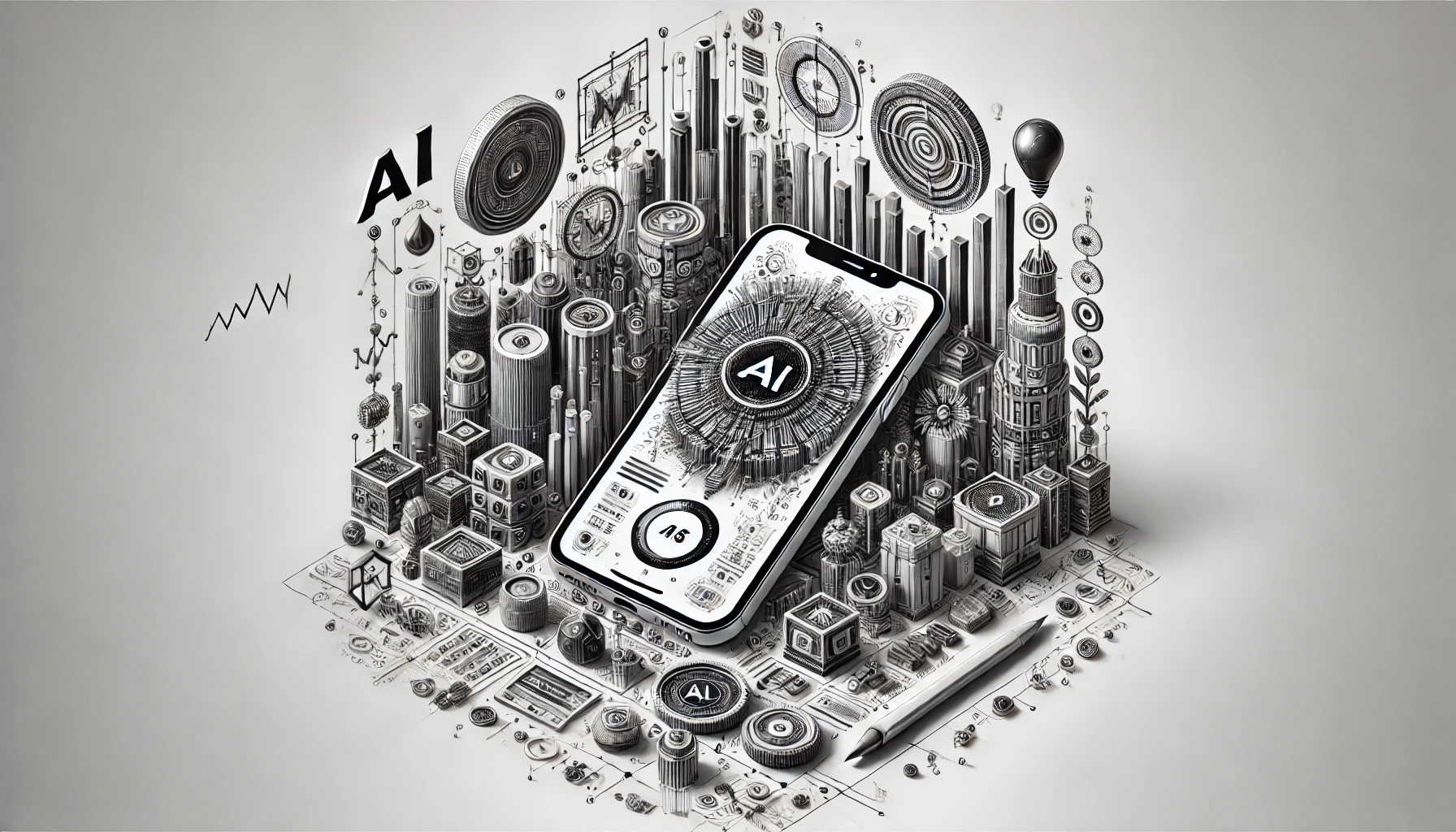MÜNCHEN (IT BOLTWISE) – Apple beeindruckt Wall Street mit seiner geschickten KI-Marketingstrategie und einem erwarteten Upgrade-Zyklus. Erfahren Sie mehr über die cleveren Ansätze von Apple und die Prognosen von Morgan Stanley.
Showing up late to a party has its upsides. Just ask Apple.
While Tim Cook’s first-mover peers were stumbling through botched AI rollouts, boardroom drama, and a public backlash, he waltzed through the door carrying an Apple Intelligence casserole and Wall Street analysts were ready with a drink.
On Monday the company hit an all-time high as Morgan Stanley named Apple a top pick. It raised its price target on an expected mega upgrade cycle driven by Apple’s coming AI platform.
“Apple Intelligence is a clear catalyst to boost iPhone and iPad shipments,” Morgan Stanley analysts wrote.
That Apple’s yet-to-be-released AI tools will be available to only 8% of existing iPhone and iPad users strengthens the case for an abnormally large upgrade cycle, they said. Add in an already enormous user base and a replacement cycle that has stretched to almost five years, and there’s a recipe for a lot of people itching for new devices.
That’s a testament to Apple’s AI strategy and the clever ways it has presented what AI tools can do for you. By relentlessly highlighting everyday use cases, Apple has managed to wrangle the more hysterical promises of AI into something approachable (and monetizable) inside its ecosystem.
Prior to Apple’s AI run-up, Cupertino skeptics pointed to the public’s upgrade fatigue, slowing iPhone growth, and the saturated smartphone market in the US. Recent hardware releases also prompted grumblings of a lack of pizzazz, feeding a narrative that Apple’s glory days were behind it.
When the company ended its electric car project in February, it seemed Apple was giving up on a daring initiative and giving in to the AI fad. But that inflection point looks different now. With more insight into Cook’s AI services-oriented approach, the company’s AI strategy looks less like Google and Microsoft’s and more like an extension of its walled garden.
Loop Capital likened Apple’s AI potential to prior generational shifts in technology.
Twenty years ago, the iPod was the platform through which many consumers experienced digital content. Next came the iPhone, which of course was also “late,” but redefined the category as the iconic device became the foundation for social media.
And now, through generative AI, managing director Ananda Baruah wrote on Tuesday that Apple’s AI platform will become the “base camp” of choice for consumers.
What’s striking about Wall Street’s outpouring of support, however, is that Apple never really transcended the hardware trap its critics claimed had ensnared it. While AI technology and its use cases may seem revolutionary, the business implications for Apple are all too conventional: People will buy more phones.
That’s no world-changing paradigm shift. But it’s a reliable way to make money.

- Die besten Bücher rund um KI & Robotik!

- Die besten KI-News kostenlos per eMail erhalten!
- Zur Startseite von IT BOLTWISE® für aktuelle KI-News!
- IT BOLTWISE® kostenlos auf Patreon unterstützen!
- Aktuelle KI-Jobs auf StepStone finden und bewerben!
Stellenangebote

KI-Experte* Schwerpunkt Interner Chatbot und Business Enablement

Product Manager:in - Automation & AI (w/m/d)

Softwareingenieur – Künstliche Intelligenz (all genders)

Referent*in Forschungsförderung Schwerpunkt Informatik oder Künstliche Intelligenz

- Künstliche Intelligenz: Dem Menschen überlegen – wie KI uns rettet und bedroht | Der Neurowissenschaftler, Psychiater und SPIEGEL-Bestsellerautor von »Digitale Demenz«
Du hast einen wertvollen Beitrag oder Kommentar zum Artikel "Wall Street setzt auf Apple wegen bevorstehender KI-Upgrades" für unsere Leser?















 #Sophos
#Sophos
Es werden alle Kommentare moderiert!
Für eine offene Diskussion behalten wir uns vor, jeden Kommentar zu löschen, der nicht direkt auf das Thema abzielt oder nur den Zweck hat, Leser oder Autoren herabzuwürdigen.
Wir möchten, dass respektvoll miteinander kommuniziert wird, so als ob die Diskussion mit real anwesenden Personen geführt wird. Dies machen wir für den Großteil unserer Leser, der sachlich und konstruktiv über ein Thema sprechen möchte.
Du willst nichts verpassen?
Du möchtest über ähnliche News und Beiträge wie "Wall Street setzt auf Apple wegen bevorstehender KI-Upgrades" informiert werden? Neben der E-Mail-Benachrichtigung habt ihr auch die Möglichkeit, den Feed dieses Beitrags zu abonnieren. Wer natürlich alles lesen möchte, der sollte den RSS-Hauptfeed oder IT BOLTWISE® bei Google News wie auch bei Bing News abonnieren.
Nutze die Google-Suchmaschine für eine weitere Themenrecherche: »Wall Street setzt auf Apple wegen bevorstehender KI-Upgrades« bei Google Deutschland suchen, bei Bing oder Google News!